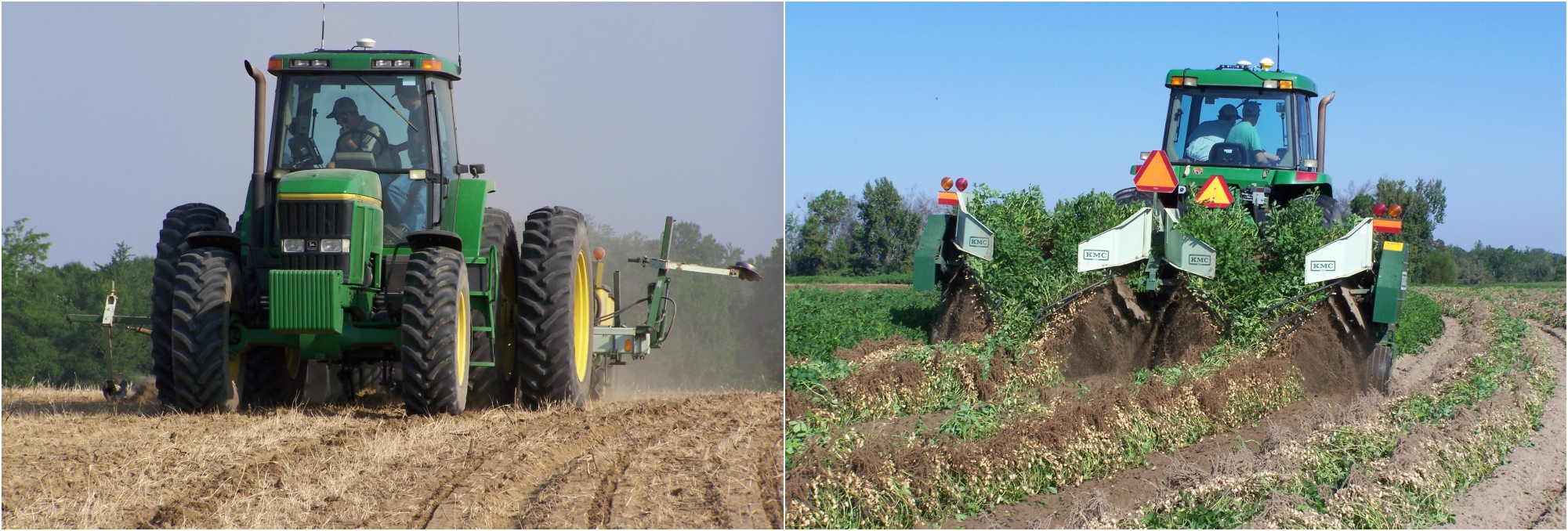About IIPA

The Institute for Integrative Precision Agriculture (IIPA) was established in 2022 and is Georgia’s brand for digital farming, food, and fiber. Its goal is to foster interdisciplinary research, education, extension, and outreach on next-generation technologies in agriculture, food, and forestry – both within the university and with external partners. IIPA is a trusted partner for growers, industry, state, and federal agencies, and a magnet for young scientists who want to work with the best and brightest in integrative precision agriculture. It consists of 70+ member faculty and 80+ graduate students from seven University of Georgia schools and colleges.
Precision agriculture research has deep roots at UGA
Research on precision agriculture at the University of Georgia (UGA) began in the mid-1990s at the Tifton Campus (then known as the Coastal Plain Experiment Station) and was driven largely by Craig Kvien (a crop physiologist) and George Vellidis (an agricultural engineer).
Initial research focused on understanding the spatial variability of soil and crop yield. Quickly, an interdisciplinary team of researchers and graduate students began addressing the topic. Outcomes of this partnership were the first patented peanut yield-monitoring system, variable rate irrigation (VRI) for center pivots and the launching of the precision agriculture industry in southern Georgia. VRI technology that originated from UGA’s precision agriculture program has been widely commercialized by all the major pivot manufacturers.
Agriculture continues to be the No. 1 industry in the state of Georgia. Based on the opportunity to transform Georgia into a national agritechnology leader, in conjunction with the talent present in the College of Agricultural and Environmental Sciences and in the rapidly growing College of Engineering, the Provost’s Taskforce on Academic Excellence in 2019 identified Integrative Precision Agriculture (IIPA) as one of five areas for UGA to continue investment and build excellence.
IIPA has become Georgia’s brand for digital, data-driven approaches in the production and utilization of food and fiber. Several faculty cluster hires were initiated between 2020 and 2022 to broaden technical expertise and to advance IIPA into a university-wide area of excellence. These hires were augmented in 2021 by an additional hiring initiative in artificial intelligence (AI).
In spring 2022, the Institute for Integrative Precision Agriculture (IIPA) was established to serve as a conduit to connect agricultural technology research, education and Extension within UGA and with outside partners such as other universities and agribusiness. This is accomplished through networking events, joint infrastructure and seed grant programs, among other efforts.
